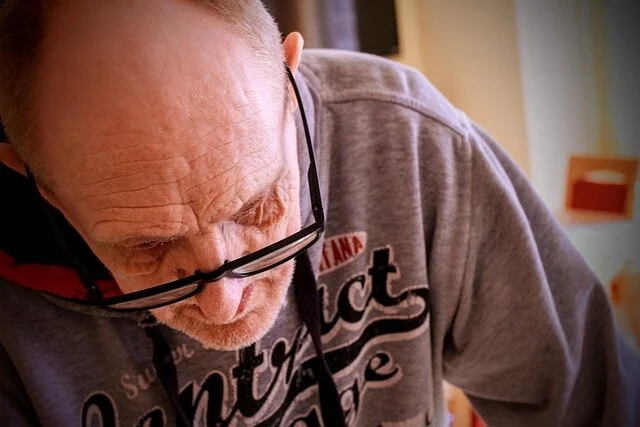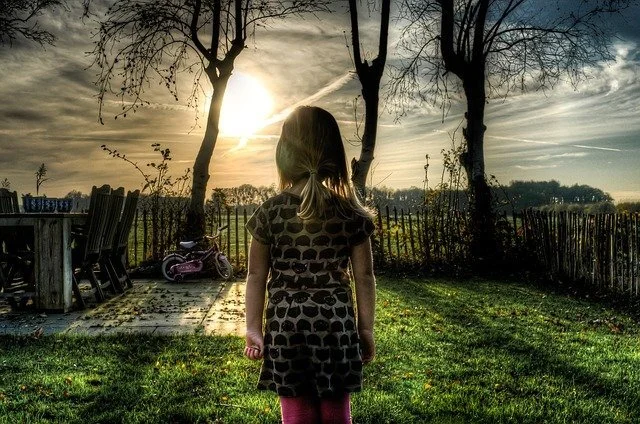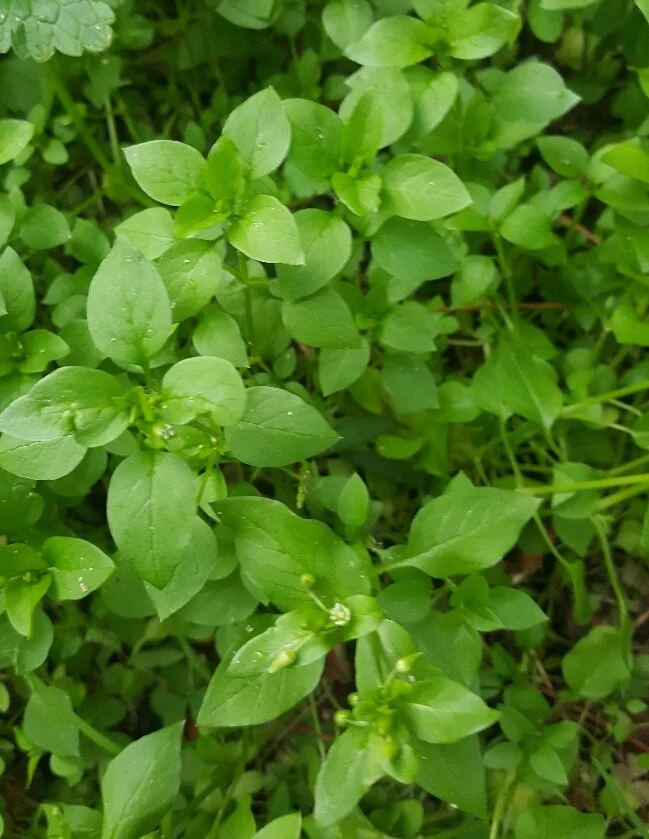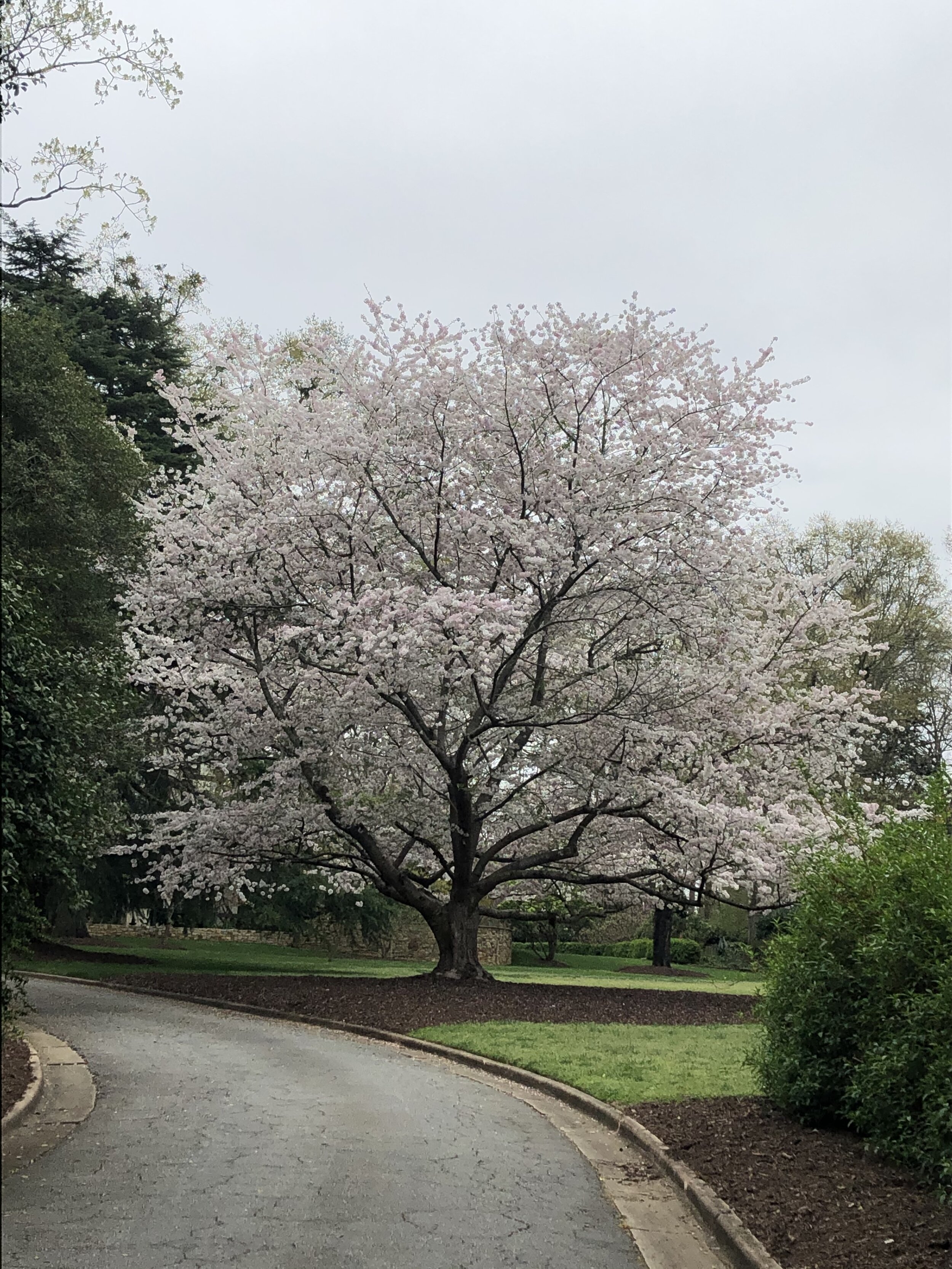As a coach, much of my work centers on helping clients live a vital life. But what does that mean?
Most Limits are Self-Imposed
I ask new clients to complete a series of reflective questions before we begin our work together. Some questions are about the coaching relationship: “What approaches encourage or motivate you?” Others about the client’s life: “What are you proud of?” or “What has been your biggest disappointment?” or “If you could change one thing about your life so far, what would that be and why?”
One of the most important questions I ask is “What is your most common self-limiting behavior?”
Puzzling
My husband and I could easily become jigsaw puzzle junkies. By that, I mean that we could easily become addicted to working them, ignoring everything else in our lives. We only allow ourselves to work two or three a year, usually on cold or rainy weekends, because once we start working on one, we work compulsively until it’s finished.
The last time we worked a puzzle, I got to think about all the things I’ve learned about life from jigsaw puzzling.
Invest In Yourself to Live the Life You Want
In another of my occasional interviews with clients, read about Brittany Hall, a Texas-based Certified Personal Trainer, Certified Health Coach, Cancer Exercise Specialist, and a POP Pilates instructor who turned her side gig into a full-time role in a pandemic year. Learn more about how she has adapted and thrived in the face of new challenges.
Dormant
Image by congerdesign from Pixabay
If you follow me on Instagram, you know that my New Year posts have featured bare trees and shrubs. I’ve posted pictures of the fuzzy pods on bare Star Magnolias, the bare red branches of coral bark maples, the tight round buds on dogwoods, and the peeling bark on birch trees. At first glance, so much of the landscape that surrounds us in January looks lifeless, but it is really only dormant.
Scientists describe dormancy as the period in an organism’s life cycle when growth and development are temporarily stopped. Dormant plants are not producing leaves or flowers or fruit. Dormant animals have halted most or all of their physical activity. But dormant plants and animals are not dead. They are resilient and full of life.
Gardeners are very attuned to dormancy. Perennial plants respond to adverse environmental conditions like cold weather (and sometimes to drought) by going dormant. Dormancy conserves energy. The plant may look dead, but the core and roots of the plant are still living, storing energy for the future. Once conditions improve, the plant will pour that pent up energy into producing new leaves and supple young branches.
I’ve been thinking a lot about dormancy. For a long time, I’ve thought of the pandemic as an unpleasant and anxiety-producing set of restrictions. And it is indeed both of those things. It has felt like I’ve gone dormant—unable to produce much that is new.
I talk with coaching clients about reframing—about looking at some condition in life in a new way and reframing how we think about it. Reframing can free us to take healthier approaches to life’s challenges. Lately, I’ve been thinking about whether it might be helpful to reframe this practice of sheltering at home as something like a state of dormancy. Many of the things that would ordinarily consume my energy--new projects, community activities, time spent with loved ones—have been largely off-limits. It’s been helpful for me in recent weeks to think of the pandemic as a period when I’ve been able to conserve energy conserved so that when life resumes more normal rhythms, I can emerge from dormancy and pour my energy into producing my own equivalent of new leaves and flowers.
What do you think? How do you think about the state of dormancy? Is that a helpful way for you to think about this period in our collective lives?
Comfort and Joy
The other day I heated a can of potato soup and cracked open a bag of oyster crackers for lunch. I bought the oyster crackers in March during one of my prepare-for-the-pandemic shopping trips, and I had forgotten that they were stuffed into the back of the pantry.
Oyster crackers are comfort food to me. My mother never bought them, but my grandmother kept them in a big glass jar within a child’s easy reach in a bottom cabinet, the same cabinet where she stored the cereal that my sister and I snacked on every time we visited her. I snacked on the oyster crackers, too. Mamaw also gave them to me when I was too sick to go to school, and I stayed with her.
As I ate my soup and munched the oyster crackers that I bought nine months ago for comfort, I thought about this strange and difficult year. For me, it’s been a year of loss—many kinds of loss.
I lost two of my dearest family members, including Mamaw. I lost a special friend who was the first person to welcome me into this neighborhood 24 years ago. A treasured former colleague died of Covid.
I lost the sense of safety and ease in moving around my community on a daily basis. I gave up travel plans. I lost opportunities to gather with family and friends, an especially painful loss at the holiday season. I lost concerts, art openings, and author readings at my local bookstore. So many of the activities that bring me joy are not safe right now.
But in the face of all this loss there has been comfort and even joy. As my husband and I have joked several times this year, fortunately we enjoy each other’s company because we’ve had to spend a lot of time together. There has been comfort and joy in that, in sharing laughter and tears. I’ve taken solace in mysteries and historical novels, in binge watching good television, and in lazy afternoons on the back porch. I’ve taken comfort and joy in Facetime and Zoom calls with friends and satisfying work with clients, in long walks and in flowers, trees, and goats, in chalk drawings on sidewalks and Christmas decorations, and in cooking and snuggling with the cat. There’s even been comfort and joy in remembering moments I shared with those lost loved ones.
While I tend to be a “glass-half-full” kind of girl, I’m not a Pollyanna. I know that all of us have endured many losses this year. There have been personal losses and collective losses. And many many people have suffered terrible hardships and losses much worse than my own.
We face many more months, maybe even a year, of pandemic uncertainty. There will be more losses, I have no doubt.
The other day, a friend posted this on Facebook:
Coronacoaster, noun: the ups and downs of a pandemic. One day you’re loving your bubble, doing work outs, baking banana bread and going for long walks and the next you’re crying, drinking gin for breakfast and missing people you don’t even like.
Nine months into this pandemic, I’m definitely on the coronacoaster. I have lots of moments of grief, anxiety, and despair. There are days when I feel the losses of this year deeply. On those days, I look for comfort by cuddling on the couch with the cat and a book. And I try to remember to look for the joy in the ordinary moments of this shelter-at-home life.
Ingrid Fetell Lee, the author of Joyful: The Surprising Power of Ordinary Things to Create Extraordinary Happiness, writes,
Often, when a crisis hits, we are tempted to forgo joy and focus our attention only on dealing with the problem at hand. We rely on grit and tenacity to help us push through the difficulty and get to the other side.
Grit and tenacity may only carry us part of the way. Lee examines psychological research on the power of joy in hard times, and she notes, “Joy doesn’t need to stop in tough moments, and in fact, we’re usually better off if we allow a little joy into our struggle.”
I’m not giving up on comfort and joy this pandemic year because I need them more than ever.
I’d love to hear from you: what has brought you comfort and joy this year. Drop your thoughts in the comments.
Images by Jill Wellington and Manfred Richter from Pixabay
Hard Things
A couple of weeks ago, I was having a hard day. It was the day before the election, and national events were weighing me down. I was fretting about the hard Covid winter that we all face.
Then I walked into my den and saw the buds on my so-called Christmas cactus--it usually starts blooming late October, and some years it blooms again in spring. This plant is my reminder that life continues in spite of hard things.
The Practice of Noticing
If you follow me on Instagram (HeydayMelissa), you may have noticed that in recent months, I regularly post photos of things I see on my (almost) daily walks in my neighborhood. Walking has been a regular practice in my life since I was a little girl who liked to take walks around the farm in the rain. When my husband and I moved to Spartanburg, we chose our neighborhood in part because it would allow me the luxury of walking to work. The walk to the office gave me time to mentally prepare for the day, and the walk home was a tool to decompress. Since I retired from teaching, I’ve continued to make walking a pretty regular part of my routine.
Curate Your Life
Many people are also thinking deeply about what they want their lives to look like after the pandemic. I hear it from some of my clients. They do not want to go back to the “old normal” when many of them were over-scheduled, overworked, and overwhelmed. As one client told me, “The Covid shutdowns have taught me that rest is good, hyper busy is bad.”
Can You Have a Heyday During a Pandemic?
This pandemic has prompted me to reflect a lot on the name of my business: Heyday Coaching. . . . Then we were hit by a global pandemic and the accompanying economic collapse. Like most everyone I knew, I felt (and sometimes still feel) mired in a state of limbo. What happens when a heyday is not possible? I realized that there are lots of time when achieving your “best life,” your ideal life, is impossible. For people navigating cancer treatment or a divorce, caring for an elderly loved one, struggling to survive a personal economic crisis, and lots of other challenges, I wonder if my language about helping someone achieve a personal heyday feels like one more impossible aspiration. Should I really be calling my business “Heyday”?
Capturing the Essence of Conversations: An Interview with Graphic Recorder Sherrill Knezel
As a life coach, I’m particularly fascinated by the ways people harness their gifts to carve out unique and meaningful careers. Sherrill is one example of that. I also thought that many of you would be interested in knowing more about graphic recording whether you’re interested in trying it out or in bringing a graphic recorder into an organization where you work. I asked Sherrill to share a bit about her work.
Walking My Way Through Pandemic
My friends at Hub City Writers Project asked me to contribute a post for their Sheltering in Place blog. I wrote about the mental health benefits of walking and my own walks during the Covid19 shutdown. You can read my post here. I’m sharing some of the photos I snapped on my pandemic walks.
A Question is Like a Lantern
Not all questions are created equal, of course. Some kinds of questions are very directive. They tend to invoke narrow perspectives or even to make the person who is questioned feel defensive. Open-ended questions, on the other hand, invite a person to approach a problem from a new direction or to use a new lens to look at a situation. Open-ended questions are powerful, so powerful that in coaching, we call them “powerful questions.”
The Things That Don't Change
This week I’ve been trying to keep my focus on the things that haven’t changed—on the points of continuity in my life. Life will go on. This too shall pass. In the words of the fourteenth century saint, Julian of Norwich, who witnessed an outbreak of the Black Death: “All shall be well, and all shall be well, and all manner of things shall be well.”
Sheltering in Place
In the past few weeks, two of the thinkers who have influenced me most have given me a new perspective on that word. Writer Parker J. Palmer and journalist Krista Tippett have both talked in podcasts about the Greek origins of the word apocalypse. The Greek word apokaluptein meant to uncover or to reveal. (Thus the English translation title of the last book in the Christian New Testament is Revelations.)
Learning to Sustain in the Age of Coronavirus
How is everyone doing? Thursday of week two seems like a good time to check in. And if you’re like me, it’s been a week of ups and downs. Little ups and pretty big downs. I’ve had spells when I was weepy, spells when I was restless and couldn’t focus on anything, and spells when existential anxieties threatened to take over my mind.
Coping with Anxiety and Uncertainty in the Age of Coronavirus—Weekend Edition
A Note for My Clients--March 2020
It feels like life has stopped. We were living our lives, moving from one thing on the schedule to the next. We were taking steps to achieve some important goals—maybe haltingly or maybe swiftly and confidently. And now this. And it feels like whatever progress we’ve made these past months has been swallowed up in a sea of uncertainty.
Anxiety and Uncertainty in the Age of Coronavirus
I’ve written before about my tendency to expect the worst, so it won’t surprise my readers to know that I’m struggling to cope with the uncertainty and fear generated by COVID19. And I know that’s true for just about every one of you, too. And one of the things I do best is curate information to share with you, so I thought that might be one way I could help you (and me) cope. This special edition of the blog is a compilation of the best advice I’ve seen over the past few days. There are lots of resources here, so you may want to digest one or two at a time. Dip into all the collective wisdom here.
Playful Coaching
That title is a play on words, and you have to read on to learn the meaning. Last spring, some of the folks who responded to my reader survey asked for some stories from real clients. So here you go: an interview with a pair of clients I worked with in 2017 and 2018. Many of my clients come to me via word-of-mouth, but a few—like Julie and Jed—are folks I’ve been acquainted with in the past.






















